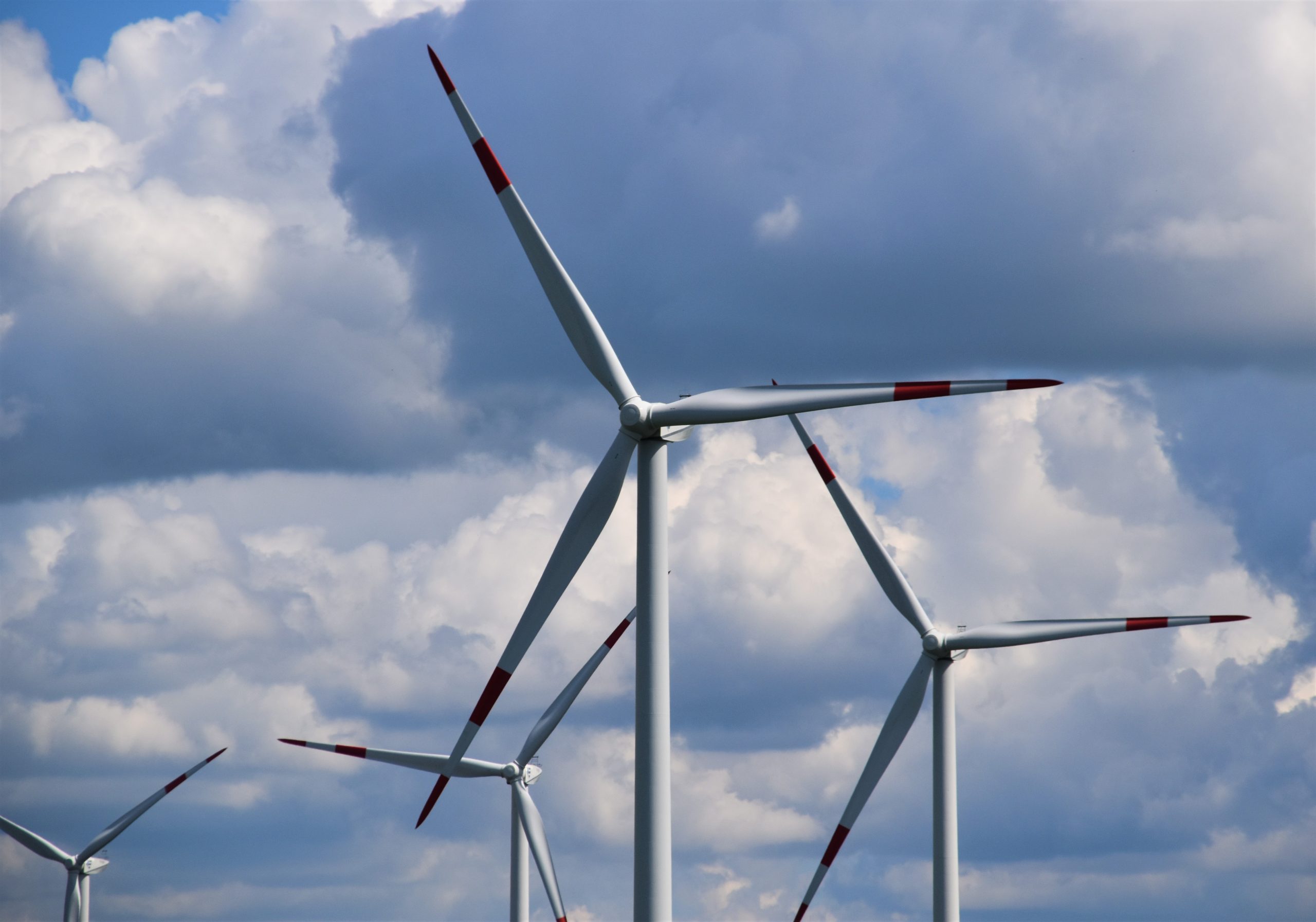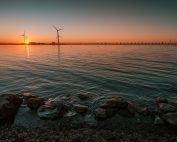Estonian government approved activities designed to streamline the transition to the use of renewable energy at cabinet meeting on November 10th. The country has set itself the goal of producing as much renewable electricity by 2030 as its total annual consumption. The accelerated development of renewable energy will focus on wind power, with the government seeking to expedite projects already under development.
Prime Minister Kaja Kallas says decisive steps need to be taken to resolve the energy crisis: the transition to the production of renewable energy needs to happen sooner and planned projects needs to be implemented.
“Developing renewable energy will help to reduce our dependence on fossil fuels, boost energy security through more diversified production of electricity and reduce pollution,” the head of government said. “What is most important right now is to get existing projects moving so that developments can start providing the network with green electricity as quickly as possible. To do this, we need to substantially streamline the procedural process connected to the construction of wind farms, then focus on longer-term solutions and identify the areas in which wind farms can be more easily developed.”
Prime Minister Kallas added that increasing the proportion of renewable energy is also important in bringing the price of electricity down. “Electricity produced from renewable sources is, and always will be, markedly more affordable than that produced from fossil fuels,” she remarked.
In order to achieve the target of 100% renewable energy by 2030, Estonia will have to replace approximately 7 terawatt hours of fossil fuel-based electricity in its system with electricity from renewable sources. To this end, the country requires close to 1 gigawatt of offshore wind energy and a further 1 gigawatt of wind energy produced on land. The development of solar power and its storage capacity also needs to continue apace.
Minister of Public Administration Riina Solman says the main obstacle to investing in renewable energy has been the duration of the procedural process. “Wind turbines will never get built with the red tape and paperwork being so drawn out at every stage, which is a situation no one is happy with – neither the state, nor the developers of wind farms, nor society as a whole,” she said. “That is why we are amending the Planning Act so that wind farms can be planned in as short a time as possible.”
Solman added that the state is also looking to support local governments in every way it can. “Currently more than half of the municipalities in Estonia lack the ability to make renewable energy plans,” she admitted. “We are here to help in that regard, and we intend to establish a monetary measure so that local governments can hire competent specialists for the planning of wind farms, or outsource the service. We will also be supporting the resumption of incomplete planning. We will be expediting the procedural process, streamlining cooperation with the state and hiring the people we need in the ministry to advise local governments and organise the drafting of plans for national wind farms.”
An audit was carried out on the planning, environmental impact assessment and permits process in August, led by the green policy coordinator from the Government Office, to find ways of accelerating the implementation of renewable energy projects. In order to speed up the process, amendments to legal acts must be developed which are based not only on the results of the aforementioned audit but also on feedback from market participants.
Source: Government of the Republic of Estonia














